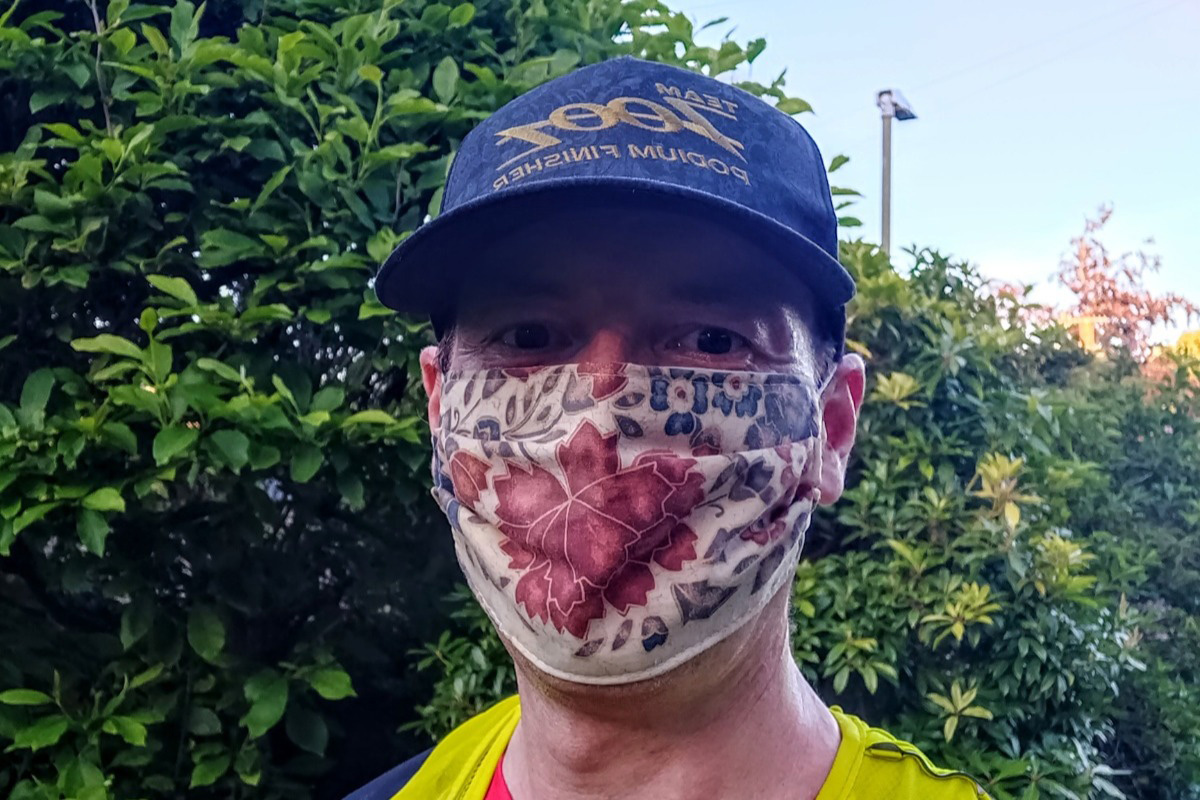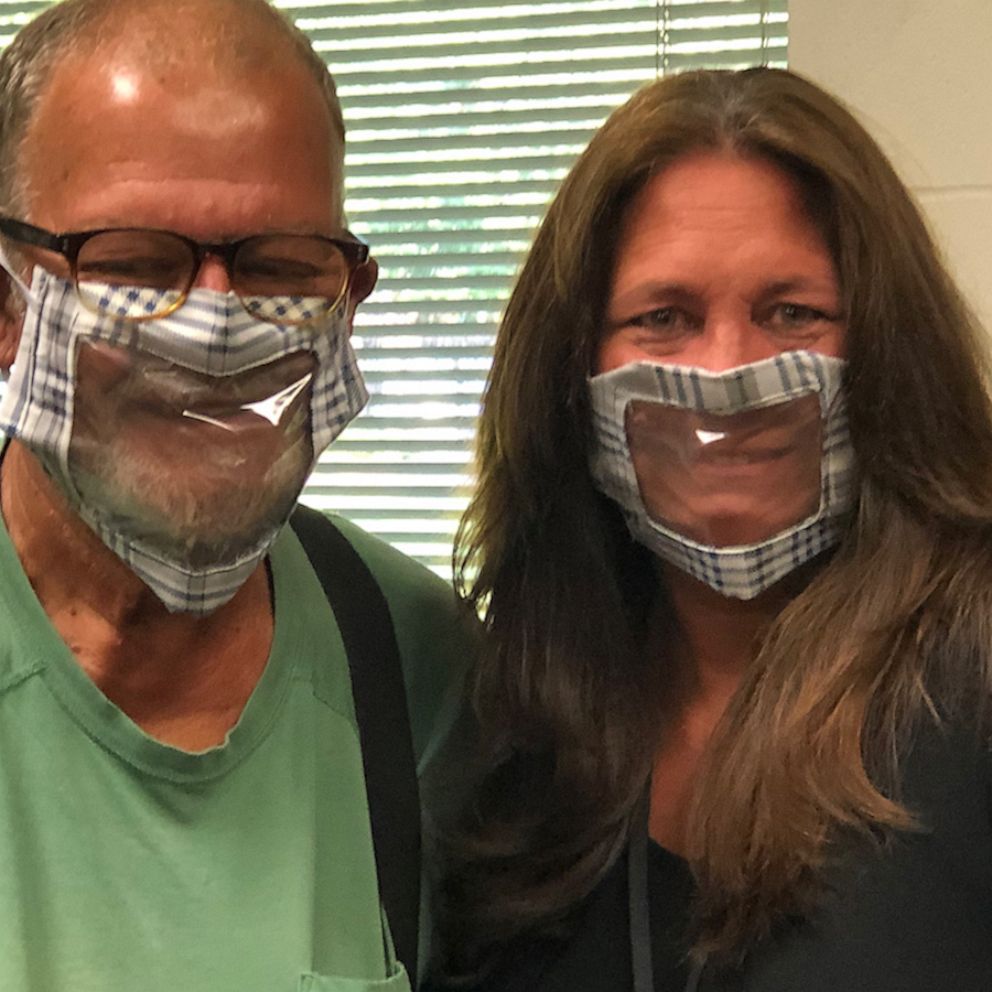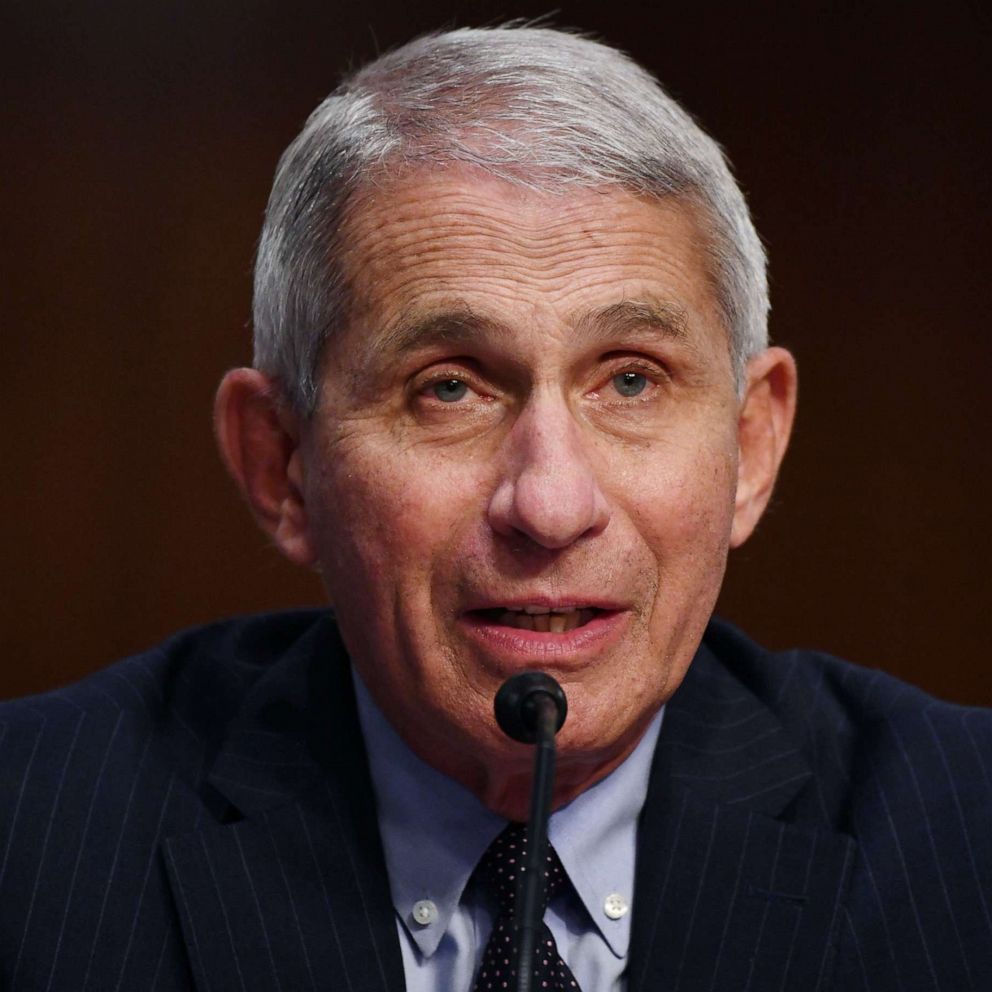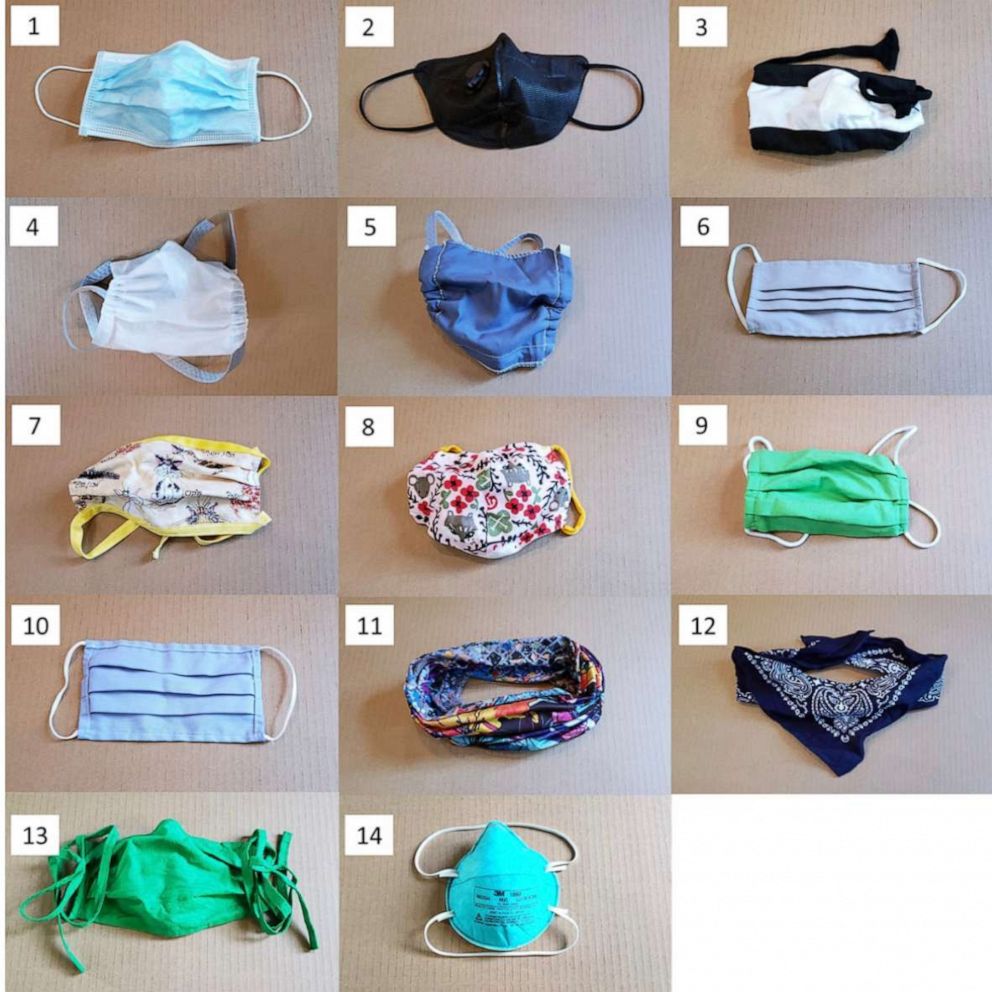Doctor runs 22 miles with face mask to prove they don't impair oxygen levels
Tom Lawton's oxygen levels remained normal throughout the jog.
A British doctor ran 22 miles wearing a face mask to prove they're safe and don't impair oxygen levels.
Dr. Tom Lawton from the Bradford Royal Infirmary in Yorkshire, England, initially got the idea after seeing criticism from mask skeptics online. He wanted to set the record straight.
"One particular tweet broke me," Lawton said. "It was from someone that was not a medical doctor, showing a pair of pictures and said masks are dangerous, don't wear them. I had to come up with a way to demonstrate just how safe they are."
The ICU doctor, who is also an avid runner, masked up and set out for an 8-mile jog to work while monitoring his oxygen levels through a pulse oximeter -- a medical device that measures oxygen saturation in a person's red blood cells. Lawton said his oxygen level never fell below 98%. Any value above 95% is considered normal.
The doctor also raised money for a local food bank through a GoFundMe page as part of the run.
"Hopefully I demonstrated to some people that it was a safe thing to do," Lawton said.
A friend challenged Lawton to keep running, so he set out for another 14-mile trek wearing a mask after work, clocking in a grand total of 22 miles in one day. The doctor's oxygen levels remained at 98% throughout the demonstration.
"I absolutely know it is safe to wear a mask," the doctor said.

Health officials around the globe have called for face coverings in public spaces to blunt the spread of COVID-19. Dr. Anthony Fauci, America's top infectious disease expert and a key member of the Trump administration's coronavirus task force, urged "universal wearing of masks" earlier this week while the World Health Organization recommends non-medical face coverings be worn in public when social distancing is not possible.
"This virus can be defeated if people just wear a mask," Centers for Disease Control and Prevention Director Dr. Robert Redfield said during an interview with ABC News in July.
Lawton, 39, said he "barely noticed" the mask for his first 30 minutes while jogging. Although humidity and sweat took their toll and eventually accumulated for an uncomfortably wet facial cloth, he said his breathing "never felt restricting."
The doctor added he didn't set out to show people they should be running in masks, but rather that it was possible to do so if necessary since covering up does not appear to effect oxygen levels. He's gone on runs without a face mask since the experiment took place, careful to maintain social distancing guidelines.
Above all, Lawton encourages people to wear masks at public places where close contact with strangers is likely, particularly indoors.
"If I can run with a mask, you should be able to wear one in the shops," Lawton said. "That's the key thing and that's how the mask is going to help against coronavirus. I hope people understand that wearing a mask is not dangerous."







